
The Water Reliability Plan is a series of once-in-a-generation projects that will modernize our water distribution system and provide customers with more secure and reliable water services
Water Reliability Plan Projects
The projects making up the Water Reliability Plan will happen sequentially and work together to fortify the system so it is ready to supply continuous water service during the final, and biggest project, the complete replacement of the Clearwell.
Over the course of the Water Reliability Plan, PWSA will invest nearly $470 million in large-scale water improvement projects. This comprehensive series of projects will provide a resilient and redundant water system that the people of Pittsburgh can rely on for many years to come.
Highland Reservoir Pump Station and Rising Mains
Highland Reservoir Pump Station and Rising Mains
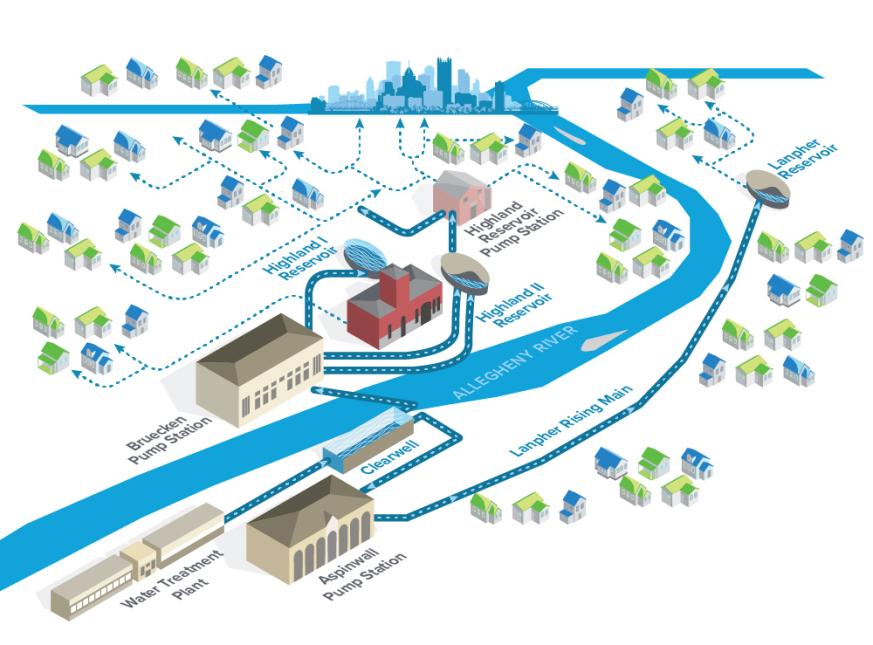
A new pump station will be built to replace the existing Pump Station, near the intersection of N. Negley Avenue and Mellon Terrace. The existing pump station will be demolished. New supply mains will built to connect the Highland II Reservoir to the new pump station, and new rising mains will be built to connect the new pump station to the surrounding water system. The new pump station will have an increased pumping capacity and will serve as a redundant supply to both the Highland II and Highland I Reservoirs' systems.
Newsletters and Press Releases
- October 27, 2023: PWSA Awards Highland Reservoir Pump Station Project
- August 2, 2023: PWSA Bids First New Building in 20 Years
- February 24, 2023: Engineering Report: Next Water Reliability Plan Project Launches
- September 21, 2021: Planning for Water Reliability: First Up, Upgrades in Highland Park
Aspinwall Pump Station Improvements
Aspinwall Pump Station Improvements
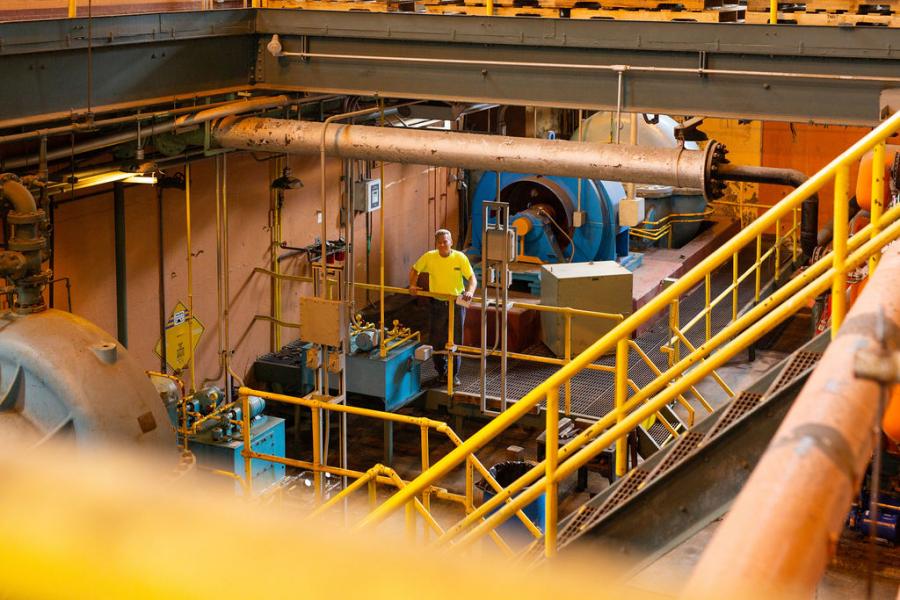
Improvements to the Aspinwall Pump Station will include four new pumping units, replacing an existing fluoride chemical feed building, electrical upgrades, and building renovations.
Bruecken Pump Station Upgrades
Bruecken Pump Station Upgrades
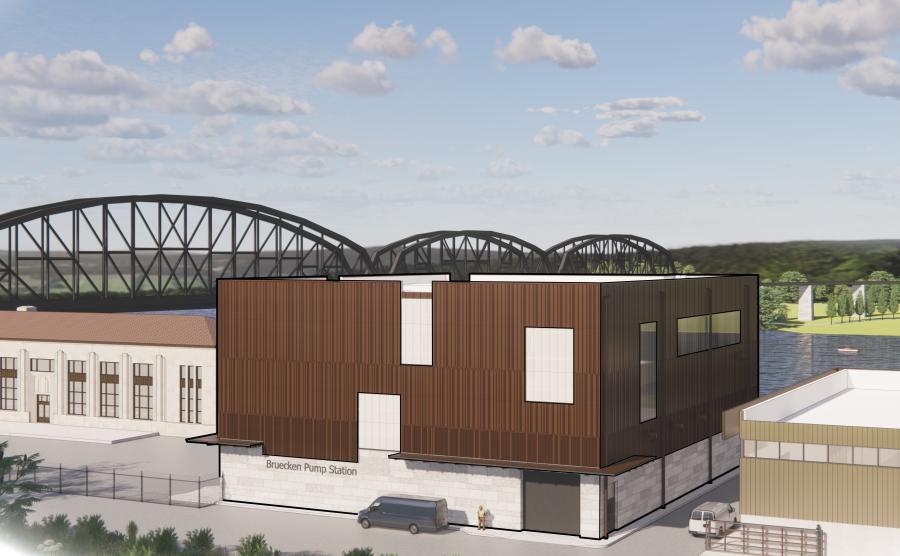 Rendering of the new Bruecken Pump Station
Rendering of the new Bruecken Pump Station
A new pump station will be constructed next to the existing station, housing six new pumps, electrical upgrades, and a new electrical substation. The existing station will be repurposed at a later date.
Clearwell Bypass Project
Clearwell Bypass Project
This project will construct a large diameter in-ground piping system around the existing 44-million-gallon Clearwell. It will provide planned bypassing of the filtered water from the Aspinwall Water Treatment Plant Filter Building around the existing clearwell to the Aspinwall and Bruecken Pump Stations. This project will construct an overflow structure with de-chlorination equipment.
Clearwell Replacement
Clearwell Replacement
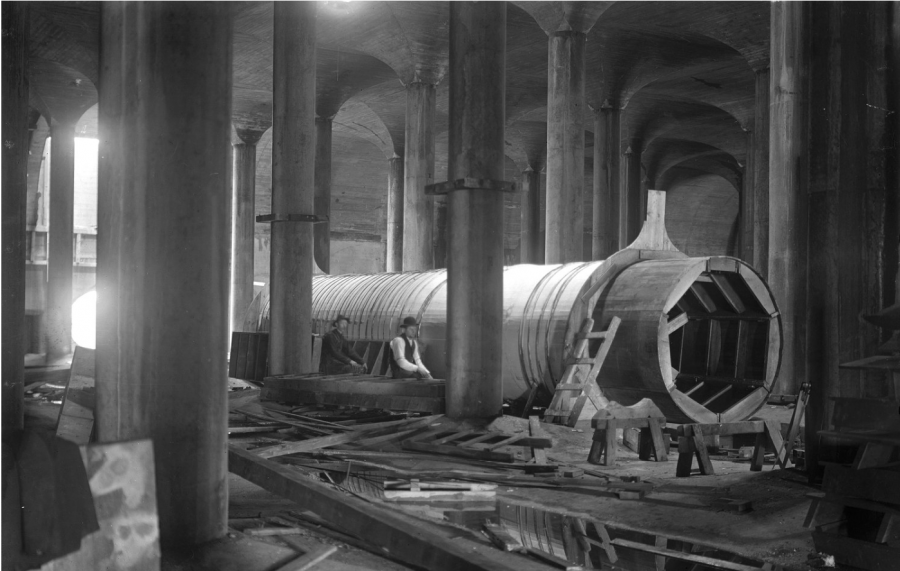 The original Clearwell being built in 1906
The original Clearwell being built in 1906
The Clearwell is a 44-million gallon basin that plays a key role in the water treatment process. As a last step of treatment, water enters the Clearwell to be treated with chlorine, killing any bacteria or pathogens that may be in the water. This component of the system is reaching the end of its useful life and must be replaced. The suite of Water Reliability Plan projects will lay the necessary groundwork to take the Clearwell offline. Reservoirs throughout the system will act as temporary clearwells while it is replaced.
This project will replace the Clearwell structure with a new one, complete with bypasses and other modern fixtures to ensure reliable water service for the future.
Aspinwall and Fox Chapel Interim Feed Project
Aspinwall and Fox Chapel Interim Feed Project
This design project will ensure safe and reliable drinking water for customers in the Borough of Aspinwall and Fox Chapel. Existing infrastructure will be assessed and the extents of rehabilitation will be determined.
Completed Projects
Highland II Reservoir Liner and Cover Replacement
Highland II Reservoir Liner and Cover Replacement
The liner and cover of the Highland II Reservoir was replaced, in addition to baffles, rainwater removal pumps, control, panels, and other associated components. While the Clearwell is replaced, this reservoir will serve as a temporary clearwell.
Newsletters & Press Releases
- January 9, 2023: PWSA Completes First Water Reliability Plan Project
- May 26, 2022: Engineering Report: Highland II Reservoir Improvements Underway
- March 28, 2022: Engineering Report: Second Water Reliability Plan Project Kicks Off
Rising Mains 3 & 4 Rehabilitation and Replacement
Rising Mains 3 & 4 Rehabilitation and Replacement
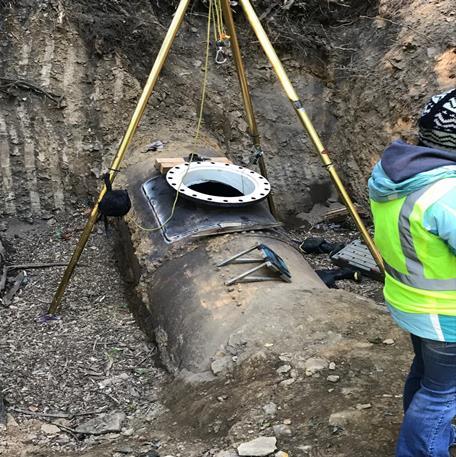 Construction continuing on the Rising Mains 3 and 4 Project.
Construction continuing on the Rising Mains 3 and 4 Project.
These large-diameter pipes carry water from the Bruecken Pump Station to the Highland II Reservoir. Extensive surveying work was completed on both pipes to determine how to rehabilitate the pipes where possible, and where portions must be replaced. Approximately 1,900 feet of Rising Main 3 was replaced by excavating the pipe, while another approximately 3,900 feet was rehabilitated using lining technology. Approximately 200 feet of Rising Main 4 was replaced by excavating the pipe, while another approximately 2,500 feet will be rehabilitated through lining.
Newsletters & Press Releases
- November 18, 2022: Engineering Report: Important Water Main Project Contract Awarded
- October 28, 2022: PWSA Awards Contract for Large Diameter Water Main Improvements
- February 25, 2022: Engineering Report: Rising Main Rehabilitation Begins in Highland Park
- February 10, 2022: PWSA Begins Rehabilitation on Rising Main in Highland Park
